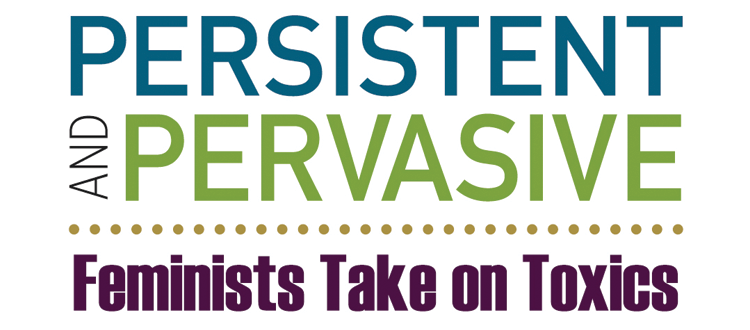Hello [Name of School district administrator],
My name is [Insert your Name] and I am a parent to a child who currently goes to [Insert School’s Name]. I am writing to learn more about our school’s plans for cleaning and disinfecting in the fall.
Last year, many schools (including ours) vastly ramped up cleaning and disinfecting protocols in response to the COVID-19 pandemic. This effort was largely based on the best advice available at the time from the Centers for Disease Control (CDC) which was to “clean and disinfect” surfaces frequently. This advice unfortunately resulted in significantly increased costs for cleaning and disinfecting labor and materials as well as increased exposure to harsh disinfectant chemicals to custodians, teachers and students. Disinfectant chemicals have the potential to cause skin and eye burns, headaches, exacerbate asthma and more.[1] In the end, the increased disinfecting (above and beyond regular cleaning) likely added little to no benefit in preventing outbreaks or protect health.
I am writing to make you aware that the CDC guidance for cleaning and disinfecting for schools and other facilities has been updated this spring.[2] The new guidance is based on a CDC Science Brief published on April 5, 2021,[3] which determined that the principal way people were infected with Covid was through respiratory exposure. The Science Brief found that the risk of being infected through a contaminated surface is roughly a 1 in 10,000 chance. The new guidance puts the emphasis on cleaning rather than disinfecting as the most effective strategy for sanitation of surfaces. The new guidelines only recommend disinfecting when certain higher risk conditions apply.
Specifically, the CDC guidance now states:
“Cleaning and promoting hand hygiene are important everyday actions schools can take to slow the spread of COVID-19 and other infectious diseases and protect students and staff.
Cleaning with products containing soap or detergent reduces germs on surfaces and objects by removing contaminants and may also weaken or damage some of the virus particles, which decreases risk of infection from surfaces. Cleaning high touch surfaces and shared objects once a day is usually enough to sufficiently remove virus that may be on surfaces unless someone with confirmed or suspected COVID-19 has been in your school.”[4]
Disinfecting is only recommended in higher risk situations such as when there is high transmission of COVID-19 in the community, a space is occupied by people at increased risk of severe illness from COVID, or when there has been a case of someone with COVID in the school within the last 24 hours.
Regular and frequent hand hygiene is still highly recommended by the CDC as an effective measure to prevent transmission of infection as well. Hand hygiene has been proven to reduce the spread of colds, and gastrointestinal illnesses in schools as well.
These new guidelines provide a common-sense approach to keeping our school clean and our staff and students safe and healthy. They also present an opportunity for potential cost-savings with respect to purchasing of disinfectants, and the time/labor of applying them frequently.
I was particularly concerned this year with the health impacts from [enter specific concerns you had at your school such as:
- the overall increased use of disinfectants and the exposure to my child
- the use of quat-based disinfectants, rather than safer active ingredients
- the practice of requiring students to disinfect their own classroom spaces
- the use of disinfectant sprayers/foggers in the school
- the exposure from frequent disinfectant use on the school bus]
I would like to know how our school plans to alter its cleaning and disinfection protocols in the fall in response to the new CDC guidance. There is an opportunity now to reflect on the past year’s practices and to implement safer, healthier and potentially less-expensive protocols for the fall.
I’m happy to set up a time to talk or help in any way in developing a policy that requires less use of disinfectants in our schools for the safety and health of both students and staff.
Thank you, [Insert your name] [Insert the best way to contact you]
[1]https://www.cdph.ca.gov/Programs/CCDPHP/DEODC/OHB/WRAPP/CDPH%20Document%20Library/CLASSMicrofiberTeachers.pdf
[2]https://www.cdc.gov/coronavirus/2019-ncov/community/schools-childcare/clean-disinfect-hygiene.html
[3]U.S. Centers for Disease Control (CDC) Science Brief: SARS-CoV-2 and Surface (Fomite) Transmission for Indoor Community Environments. Apr 5, 2021. Available at: https://www.cdc.gov/coronavirus/2019-ncov/more/science-and-research/surface-transmission.html#ref7
[4] U.S. Centers for Disease Control (CDC) Cleaning, Disinfection, and Hand Hygiene in Schools – a Toolkit for School Administrators. Apr. 16, 2021. Available at: https://www.cdc.gov/coronavirus/2019-ncov/community/schools-childcare/clean-disinfect-hygiene.html
————-
Resources to Include with Letter
Fact Sheets
- WVE Fact Sheet on Dangers of Quats
- Safer Disinfectants: EPA Certified Disinfectants to be Used Against COVID-19
- Quaternary Ammonium Compounds in Cleaning Products: Health & Safety Information for Cleaners and Supervisors
- Disinfectants and Work-related Asthma: Information for Employers





